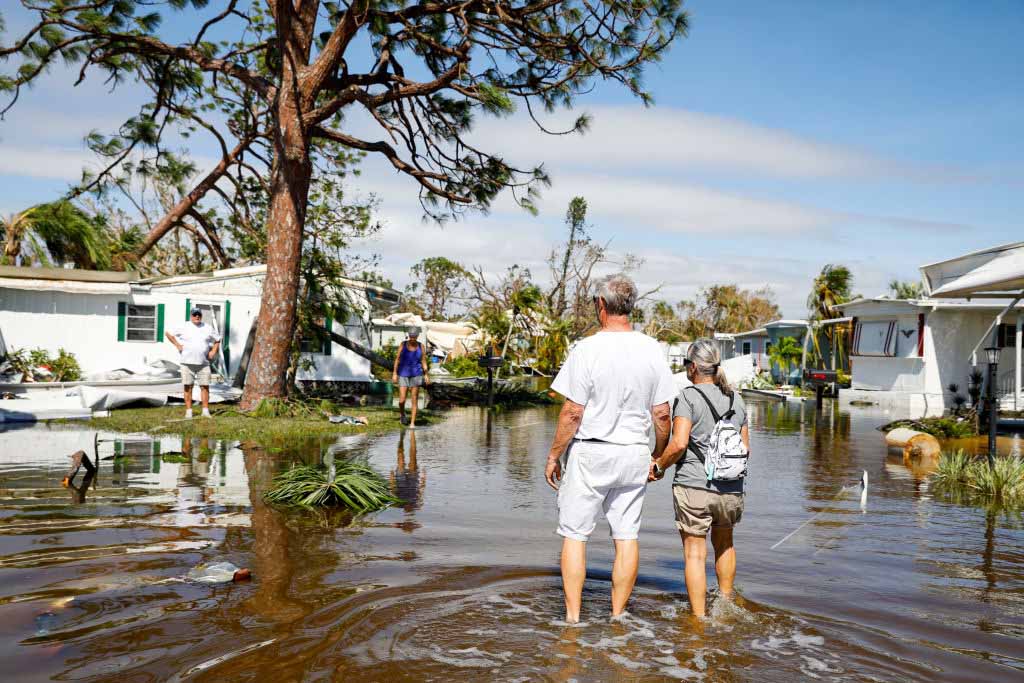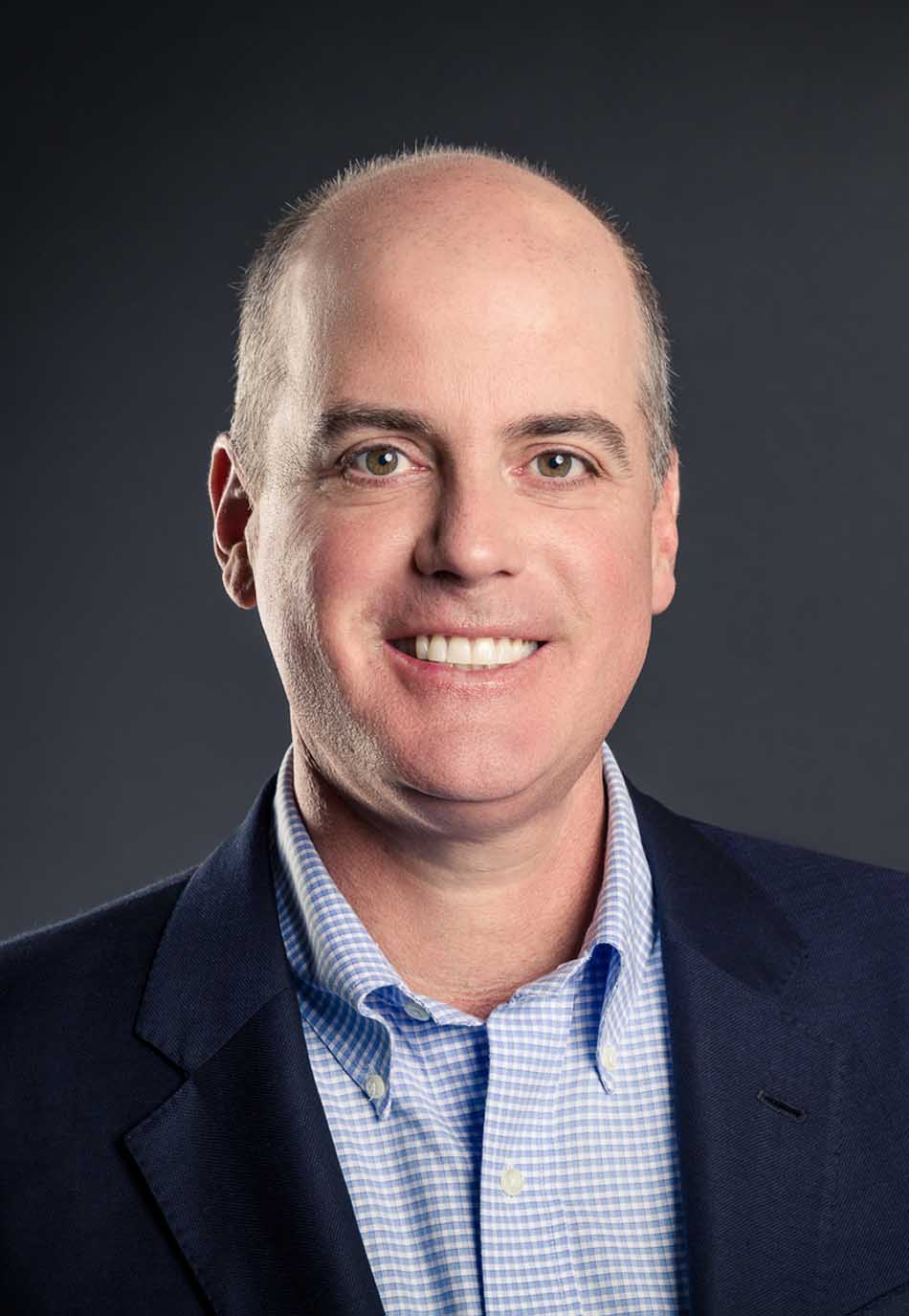Local Broadcasters Stepped Up During 2022’s Hurricane Season
Stations were best positioned to support communities as Ian, Nicole wreaked havoc in the Southeast

The 2022 hurricane season comes to an official close today, with late-season Hurricanes Ian and Nicole unleashing devastating and deadly storms that wreaked havoc across the Southeast.
The loss of life and destruction of personal property was widespread. But so were the countless inspiring human-interest stories amid the tragedy. As always, when hardship hit the U.S., the best in our fellow citizens shined through.
Traditional first responders — police, fire, National Guard, EMTs, doctors and nurses — rose to the occasion for the victims of Ian and Nicole and their work continues today. These heroes put the safety and well-being of the community ahead of everything else, including their own families. These brave and selfless men and women not only deserve our recognition, but they also command our respect.
Another critically important group that unites our communities during crises, including natural disasters such as Ian and Nicole, are local television and radio broadcasters. In the cases of Ian and Nicole, it was the local radio and television broadcasters in Florida, Georgia, South Carolina and North Carolina who were there for their communities as the storms unleashed their fury.
When the residents of these states needed credible information on Ian and Nicole, local broadcasters provided it in a way no one-person blog, social media site or non-local media entity or search engine could ever accomplish. The advanced weather technology and early-warning systems provided by local broadcasters enabled millions of residents to find safe havens, saving lives in the process. Only local broadcasters and local meteorologists were able to talk to the specific neighborhoods and towns in the path of both storms, allowing people to move to safer ground and find lodging, food and other provisions.
Local broadcasters were at the forefront to educate, inform, comfort, console and, most importantly, protect the public before, during and after Ian and Nicole hit. Their broadcast signals were the epicenter of crucial news and information for millions of people. When their communities needed them most, local broadcasters responded with multilingual, commercial-free, and around-the-clock coverage on their linear, digital, streaming and social media platforms.
Local broadcasts surpassed anything the national media could provide because these storms were, in essence, local stories. Trusted television and radio brands and personalities were what people needed, and the local broadcasters of Florida, Georgia, South Carolina and North Carolina were there for them at every turn. Perhaps most importantly, local broadcasters live in the markets they serve and are still there serving their communities long after the cable news networks leave town. As always, local broadcasters are there for their communities for the short and long haul.
The smarter way to stay on top of broadcasting and cable industry. Sign up below
It’s inevitable that we will face future natural (and unnatural) disasters. Wherever and whenever they might happen, local television and radio broadcasters will be there, ready with their people, journalism and array of platforms to provide the most trusted and comprehensive service to the local community and the nation. ■
Paul Curran is executive VP of television for Cox Media Group, based in Atlanta.

